SunSouth Tips
6 Edge of Field Best Practices for Agriculture
You put a lot of work into tending to your field to ensure that your yield is as large as possible each season. As most agricultural producers know, however, monitoring the edge of your field is just as important as keeping an eye on the crops. In this post, we will define edge of field monitoring and highlight best practices for managing nutrients and protecting crop yields.
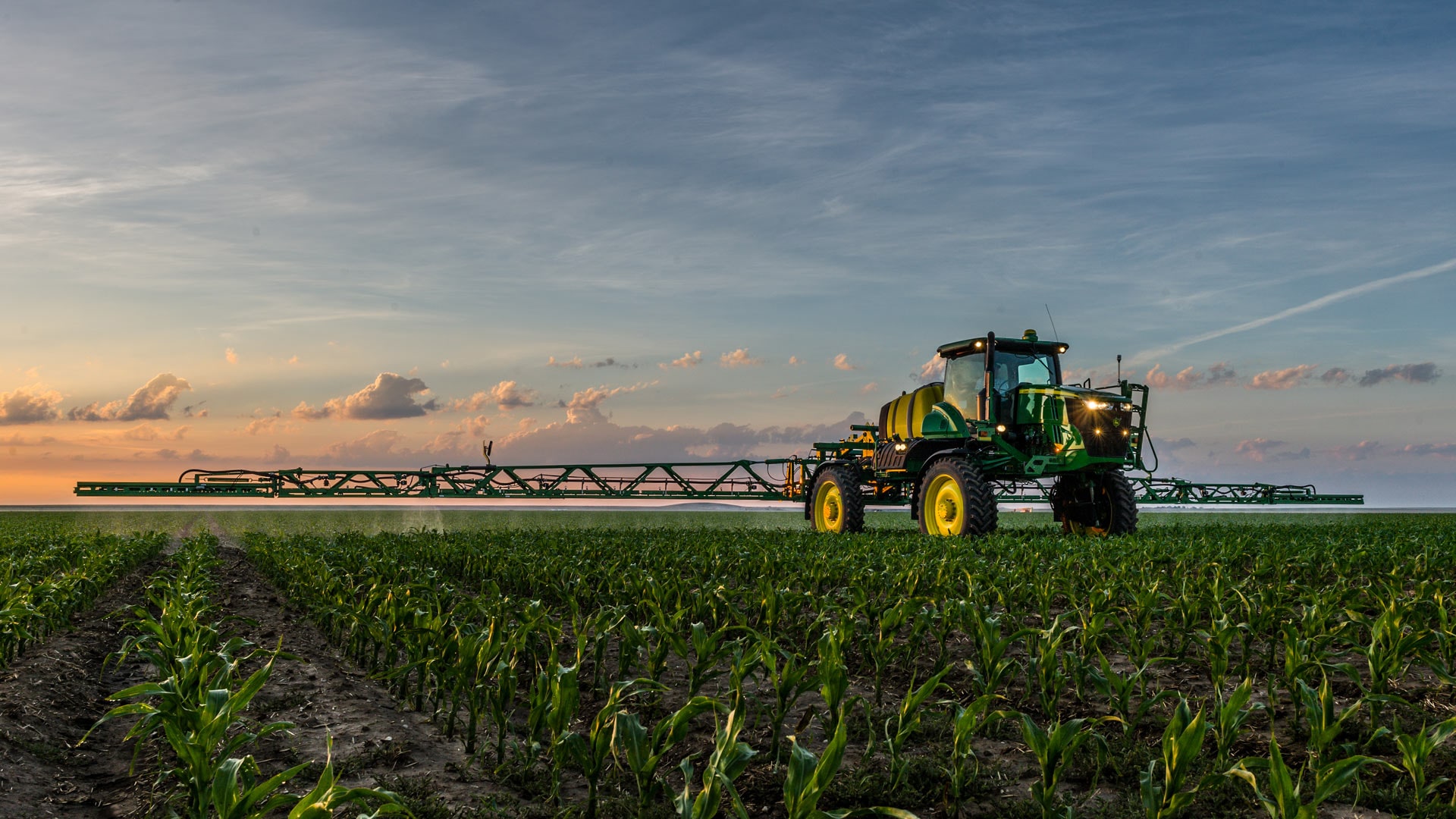
What Does Edge of Field Mean in Agriculture?
In terms of agriculture, edge of field monitoring means identifying and reducing agricultural sources of excess nutrients. These nutrients can negatively impact the health of nearby rivers, streams, and lakes, meaning it’s important to ensure that you’re doing everything you can to manage it.
Why is Edge of Field Important?
Edge of field management is important for a number of reasons. By taking care of nutrient management and rebuilding soil health across a farm’s fields, producers can boost productivity while providing conservation benefits. Managing sediment loss from fields can dramatically help when it comes to tackling environmental challenges.
6 Best Practices for Edge of Field in Agriculture
It's always critical for farmers to get the most out of their crops each season, but this doesn’t mean they have to do so at the expense of the environment. There are several tactics agricultural producers can implement to make sure they’re doing their part to keep the local ecosystem healthy and intact.
Prairie Strips
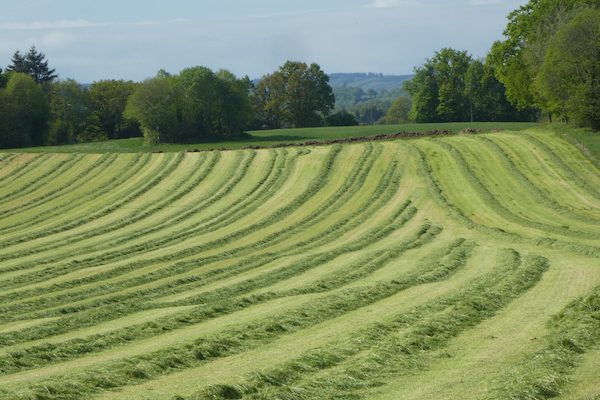
Prairie strips are one conservation method that can be implemented to protect soil and water. It involves integrating small amounts of prairie into strategic locations within a field, and it’s one of the most affordable edge of field practices.
Drainage Water Management
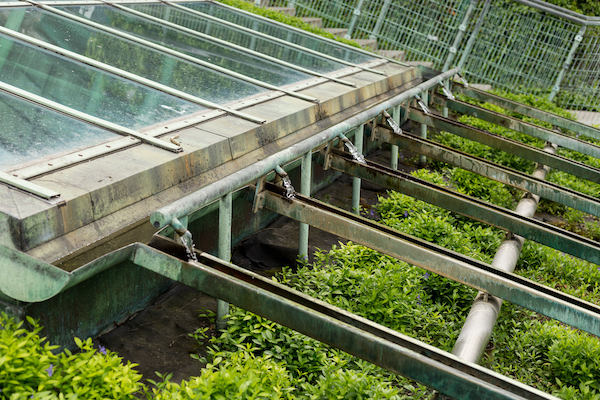
Lastly, always check the operator's manual for any special instructions on extended storage before storing equipment. Always read the Operator’s Manual before operating any piece of equipment and follow all operating and safety instructions.
Two-Stage Ditches
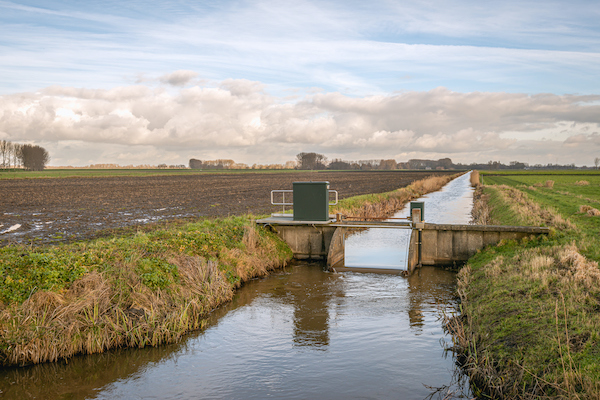
Two-stage ditches are unique in the sense that they are drainage ditches that have a floodplain within the channel itself. The objective is to mimic a natural floodplain zone. During high flows, the floodplains allow water to slow down and spread out, resulting in more channel stability.
Saturated Buffers
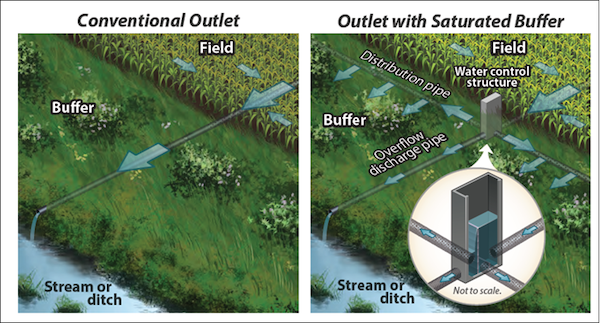
Saturated buffers do not impact crop yields when properly placed and they require little maintenance, making them an ideal option for agricultural producers. They consist of a non-perforated drain pipe, a water control structure, a distribution pipe, and a vegetated buffer. Tile drained water is moved to the control structure via the drain pipe. Afterward, the water is moved into the perforated distribution pipe, where it is pushed through the vegetated buffer.
Constructed Wetlands
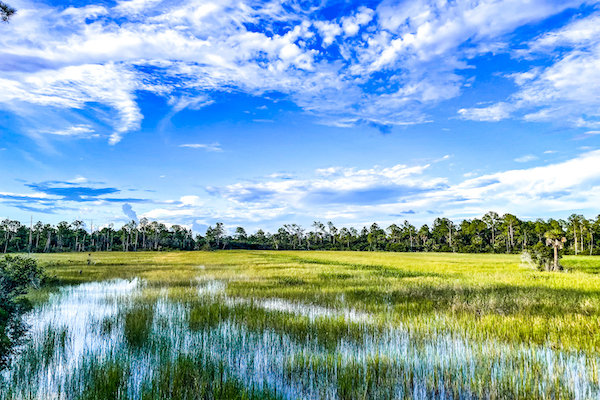
Constructed wetlands leverage specific wetland characteristics to improve nearby water quality. It involves laying a system of drain tile below the field to absorb subsurface water and nitrates. This is then drained directly into nearby ditches.
Bioreactors
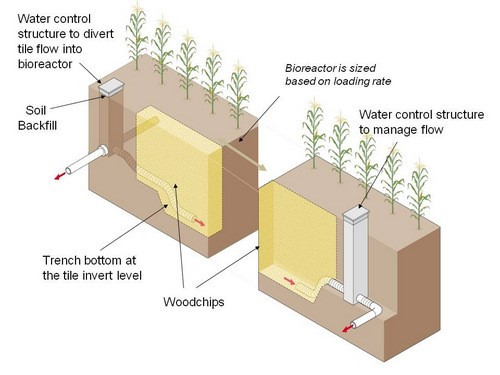
Bioreactors can also be used to limit the amount of sediment that runs off from a field. They rely on the process of denitrification, in which bacteria consume the carbon in woodchips, transforming nitrate into harmless nitrogen gas.
How John Deere Can Help You Monitor Your Edge of Field
With the right harvesting equipment from John Deere, you can ensure that your yield is taken care of properly each season. In turn, this gives you more time to focus on your edge of field practices to do your part in preserving the local environment.
If you have any questions about John Deere harvesting equipment, you can contact your local John Deere dealer.
Go Back to List
- Tips Archive
- Doing a Control Burn to Manage Your Land
- Subsoiler Protein
- How to Start a Chainsaw
- Weed Control
- Summer Wildlife Management
- Summer Reforestation
- Summer Land Management
- Summer Gardening
- Soil
- Prescribe Burning
- New Land Owners
- Mulch and Fertilizer
- Mosquito Plants
- Laying Sod
- Hiring a Forester
- Fruits and Veggies
- Becoming a Forester
- 6 Edge of Field Best Practices for Agriculture
- Top 10 Implements for Livestock Operations
- How to Handle Large Round Bales
- How to Store Off Season Equipment
- How to Adjust and Use a Rotary Cutter
- Tips for Farmers To Get the Most Out of Their Land
- How To Change Your Transmission Oil and Filter on John Deere Compact Utility Tractors
- How To Prepare Your Tractor For Storage
- Common Tractor Maintenance Checkpoints
- The Top 10 Implements You Should Acquire First
WE'RE HERE TO HELP.
- CHECK our videos below. Looking for something else?
- DROP us a line for all inquiries. >>>